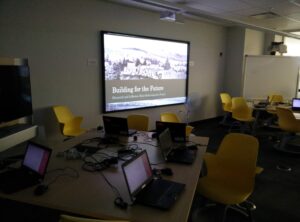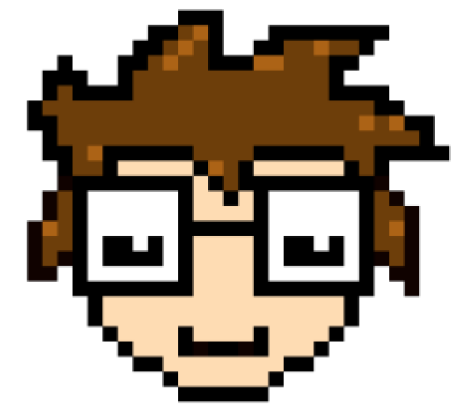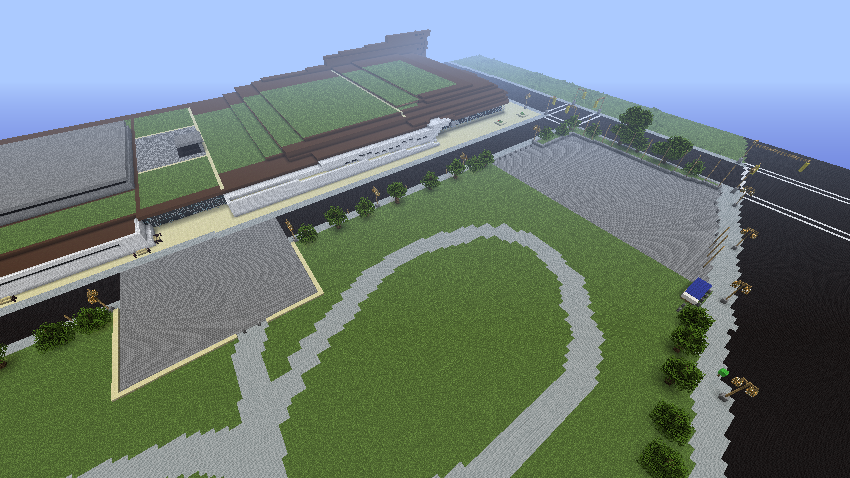Prior to LIBR 200, I didn’t really think about the number of information communities that exist. There are countless communities that fit the criteria that we learned about in our first week of classes back in January. To reflect on this is truly an amazing thing.
As I started my journey into the Master of Library and Information Science degree, I knew that I wanted to be bold in my studies and always push the possibilities of what libraries can do and how we are perceived by our users.
Studying the Minecraft information community this term has been a great experience. The Everyday Living Information Seeking theory really opened my eyes to the study of information communities and what was possible in this course. Savolainen brilliantly made the study of non-work related information seeking relevant to information professionals by arguing that there was a problem with the syntax of the term; “nonwork information seeking is implied to be less significant because it deals with something that is not related with daily work” (Savolainen, 2009, p. 1781). It was this paper that really got me thinking about Minecraft as an information community for my term research paper.
I work in an academic library and I thought it was an interesting time to try and apply informal learning to teaching at the post-secondary level. We constantly hear that information online is not credible. However, after writing my final paper for LIBR 200, online communities and the information they provide have taught me the importance of teaching media literacy. A big part of my research paper looked at the evaluation of content and the mechanisms in place to be critical thinkers in an increasingly anonymous online world.
I am lucky that my institution takes a strong stance on the adoption of new innovative collections. Some of these new collections include: video games, board games, Arduinos, and Raspberry Pi. Since undergoing a renovation in 2012, a new Discovery Centre was added to the library. The Discovery Centre experiments with new technology and new ways to look at education. This puts the library in a very unique position to become innovators as we move forward.
This past week Carleton University put on the Enrichment Mini-Courses Program (EMCP). This program invites students (grades 8-10) from the greater Ottawa region to attend Carleton University for a week and engage in fun interesting courses run by faculties across the campus.
After presenting to colleagues about a conference I attended this past January, I discussed the idea of informal learning and makerspaces (something I address in my research paper). Another colleague of mine presented before me about a Minecraft session they attended. I ended up pitching the idea of using Minecraft as a kind of virtual makerspace to teach things like urban planning, history, and architecture. This lead to the inclusion of a Minecraft session to the library’s EMCP session.
During my EMCP session I spoke about some of the ideas I was writing about in my final research paper for this class (although I geared it toward a younger audience). I spoke to them about the power of social media (see Lost Ottawa’s Facebook page and LeBreton Flats Remembered), using art as a way to view history, the power of participatory culture and informal learning, and how our institution used Minecraft to teach history (see my previous blog post for more information). The participants had no idea that our library offered these kinds of collections or technologies.

Overall, I feel this was a great term. I was able to apply what I researched to educating young people in a classroom. We promoted the library as a space for more than just books. I will most certainly add this experience to my e-portfolio as one of the pieces of evidence, as I feel that it showcases the competency, the skills, and knowledge I gained this term.
I’m hoping to present this experience in poster format at next year’s Ontario Library Association’s Super Conference as I think Minecraft has the potential to draw a wide audience into the library and, if implemented correctly, can be used across multiple disciplines. Libraries really do have an opportunity to rebrand themselves if we realize the power in some of these new technologies and teaching methods.
References:
Savolainen, R. (2009). Everyday life information seeking. In Encyclopedia of Library and Information Sciences.

